How a Strong Recruitment Strategy Drives Business Success
Securing and retaining top talent is a key challenge faced by organizations today. A successful recruitment strategy goes beyond filling vacancies—it is crucial in driving growth, enhancing company culture, and boosting overall performance.
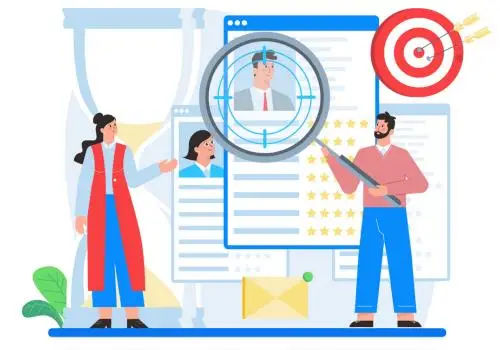
Understanding Recruitment Strategy
- A recruitment strategy is more than just a hiring plan; it is a roadmap for building a high-performing team. It outlines how an organization engages, selects, and retains top talent, ensuring that each hire directly contributes to the company’s long-term success.
- By aligning recruitment practices with business goals, a well-thought-out strategy helps companies not only fill positions but also shape a workforce that drives innovation, growth, and a positive culture.
Key Components of an Effective Recruitment Strategy:
1.Clear Job Descriptions: Well-crafted job descriptions clearly outline the role, responsibilities, and expectations. When expectations are clear, candidates can determine if they align with the role, helping to draw in those with the right skills and expertise.
2.Employer Branding: A strong employer brand reflects an organization’s core values, culture, and purpose. When this image is clearly communicated, it draws professionals who share similar beliefs and are more likely to stay for the long term. A compelling brand presence helps distinguish the organization in a crowded talent market.
3.Sourcing Channels: Tapping into diverse sourcing platforms—such as job boards, professional networks, and employee referrals—broadens the search for potential hires. This not only connects with active applicants but also engages passive talent who may be open to the right opportunity.
4.Selection Process: An organized selection approach involving interviews, skills testing, and reference checks ensures a thorough evaluation. Beyond credentials, it helps identify individuals who align with the team’s culture and long-term direction.
5.Onboarding: Effective onboarding ensures new hires are trained, welcomed, and prepared for success. A smooth onboarding process increases retention and boosts employee engagement, setting new hires up for success from day one.
Focusing on these components helps attract and retain top talent, ensuring each new hire contributes to organizational growth and success.
Streamline your hiring with a recruitment strategy designed to attract the best professionals and drive lasting achievement.
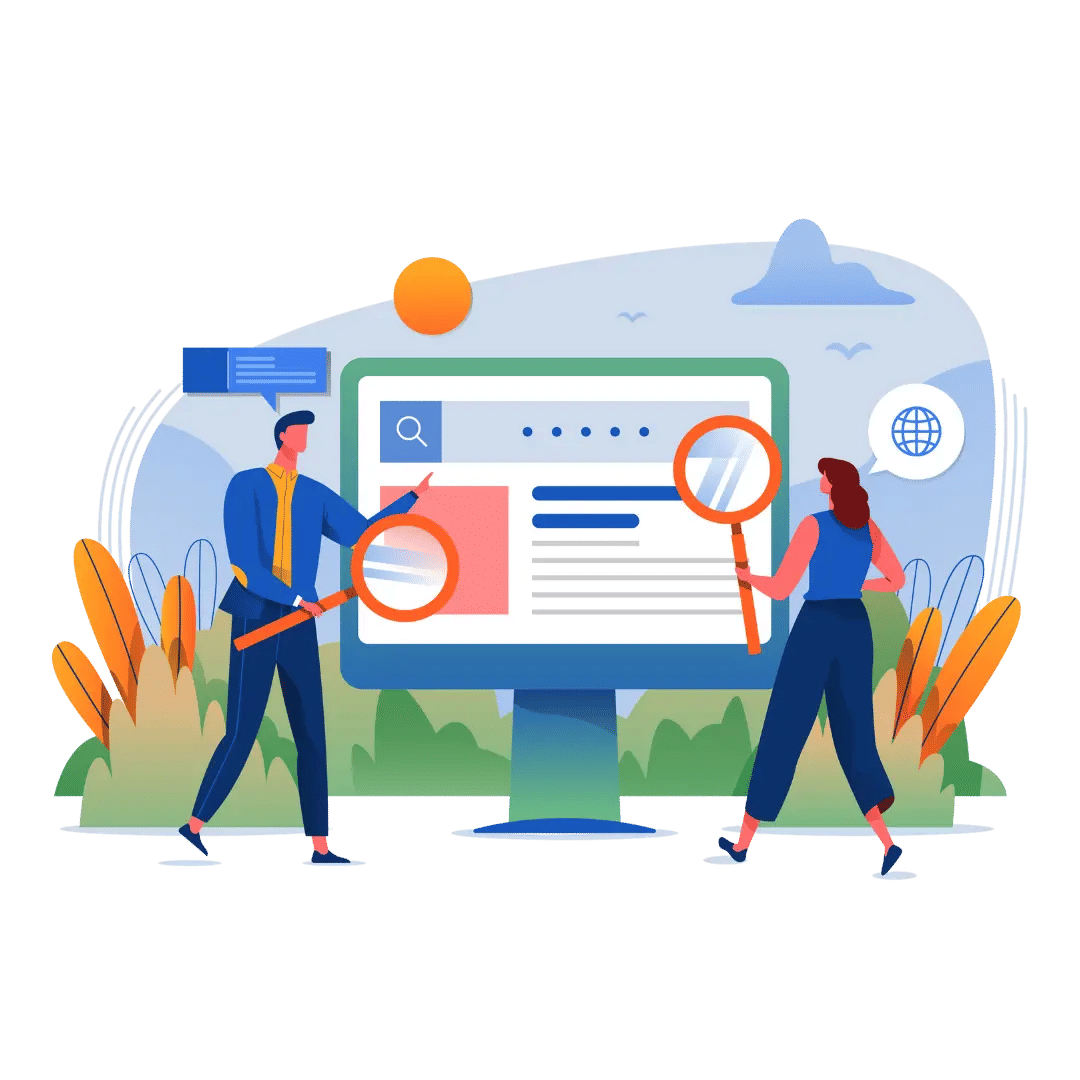
Benefits of Recruitment Strategy:
- Attracting Top Talent: Attracting top talent and recruiting high-performing professionals directly leads to better organizational performance. Businesses that follow effective staffing practices are 3.5 times as likely to secure top-tier professionals — individuals who bring value and drive growth from day one.
- Reducing Turnover: When the focus is on hiring individuals who truly align with both the company’s values and required skills, they tend to stay longer. A smooth onboarding experience can boost retention by as much as 82%, cutting down on costly turnover and building a dependable, committed workforce.
- Enhancing Productivity: Employees who align with your company’s values are highly engaged and perform better. Engaged workers are 38% more inclined to surpass expectations, leading to improved overall productivity.
- Cost Efficiency: A well-targeted process saves money by reducing turnover and preventing poor hires. Hiring costs are estimated at 1.5 to 3 times the employee’s salary, but an efficient strategy minimizes these expenses.
An attractive recruitment strategy positions your company ahead of competitors, attracting nearly half of all qualified talent. This advantage helps you build a stronger, capable team.
Implementing the Recruitment Strategy:
Assess Current Practices: Before making any changes, take a moment to review the effectiveness of the current recruitment process. Identify which aspects are yielding positive results and where there might be gaps—such as communication issues or difficulty reaching the candidates. Regular evaluations help ensure that no important areas for improvement are overlooked.
Set Clear Objectives: Goals should directly align with the overall strategy. Whether expanding into new markets, strengthening team culture, for specific roles, clearly defined objectives guide the process. By setting these goals, each new hire becomes an essential part of achieving a broader vision and pushing the business toward its ongoing progress.
Train Managers: Those who are responsible for selecting new employees need to be well prepared. Provide training that equips hiring managers with the skills to effectively assess candidates. This includes everything from understanding how to evaluate skills and cultural fit to improving interview techniques. Well-trained managers help create smoother and more effective recruiting, reducing the chance of on-boarding mistakes.
Monitor and Adjust: A recruitment strategy is not a one-time task—it requires continuous attention. Regular tracking of key metrics, such as time-to-hire, quality of hire, and candidate satisfaction, is crucial. Analyzing this data reveals areas that need improvement. Whether it is optimizing sourcing channels or refining the interview process, being adaptable and open to adjustments ensures the strategy stays aligned with changing business demands.
By following these steps, an effective recruitment strategy can be established, one that evolves alongside the organization, attracts top talent, and contributes to business growth.
Technology in Recruitment:
Modern recruitment strategies harness technology to enhance efficiency, accuracy, and overall effectiveness. Here is how:
Plan with AI: Smart tools study past data and patterns to help plan future team needs, so there is less guessing and more confidence in decision-making.
Automated Routine Tasks: Software can handle resume screening, scheduling interviews, and follow-ups, saving time and effort.
Streamline the Process: Digital platforms keep everything organized, from job posting to onboarding, in one place.
Improve Decision-Making: Data-driven insights help hiring teams choose the best match based on skills, behavior, and fit.
Boost Candidate Experience: Chatbots, quick updates, and easy application systems create a better journey for job seekers.
Stay Competitive: Tech keeps companies ahead by speeding up hiring and attracting today’s digital-friendly talent.
Conclusion
Success starts with a clear plan to find and keep the right people, because building a strong workforce takes more than just filling positions; it requires strategy, purpose, and vision. It is not simply about hiring, but about finding individuals who align with your culture, bring fresh energy, and help drive your goals forward. A thoughtful approach not only improves talent acquisition results but also boosts morale, performance, and sustainable growth.
Ready to find the right people faster and grow with confidence?
Book a free demo today and see how our recruiting solutions can help you build a strong team and grow with confidence.
Smart recruiting starts with a clear plan
A strong recruitment strategy helps attract people, faster—fueling team growth and long-term growth.
Frequently Asked Questions
What is a recruitment strategy?
Recruitment strategy is a step-by-step plan that helps organizations find and bring in the right people for the roles. It includes how job openings are shared, where talent is sourced, how applicants are selected, and how new members are welcomed and supported.
Why is this approach important?
Having a clear Talent plat approach helps businesses grow with intention. Instead of simply filling vacancies, it ensures that each addition brings meaningful contributions. When talent strategies align with broader company goals, organizations benefit from stronger performance, skilled staff, and lasting success.
What steps can help improve the process?
Improving your approach starts with looking at what is already in place. Here are a few ways to strengthen your plan:
- Start by reviewing current methods to identify gaps or delays and address potential inefficiencies.
- Set clear goals based on your employee’s future needs.
- Equip managers with interview and evaluation skills.
- Use data and feedback to adjust your approach over time.
- Explore new tools like AI-based sourcing or digital assessments.
What are the key benefits?
An effective approach delivers more than just faster. It brings multiple long-term advantages:
- Stronger matches: A thoughtful approach connects individuals with their abilities and attitude, leading to better performance and long-term progress.
- Lower employee turnover: Bringing in the right people leads to longer, more successful careers.
- Saves time and money: With clearer steps in place, organizations avoid expensive missteps and lower the need for extra training.
- Stronger brand reputation: A smooth and respectful candidate’s experience boosts the company’s image.
- Stays ahead of competition: By attracting top performers faster, businesses maintain their edge in the market.



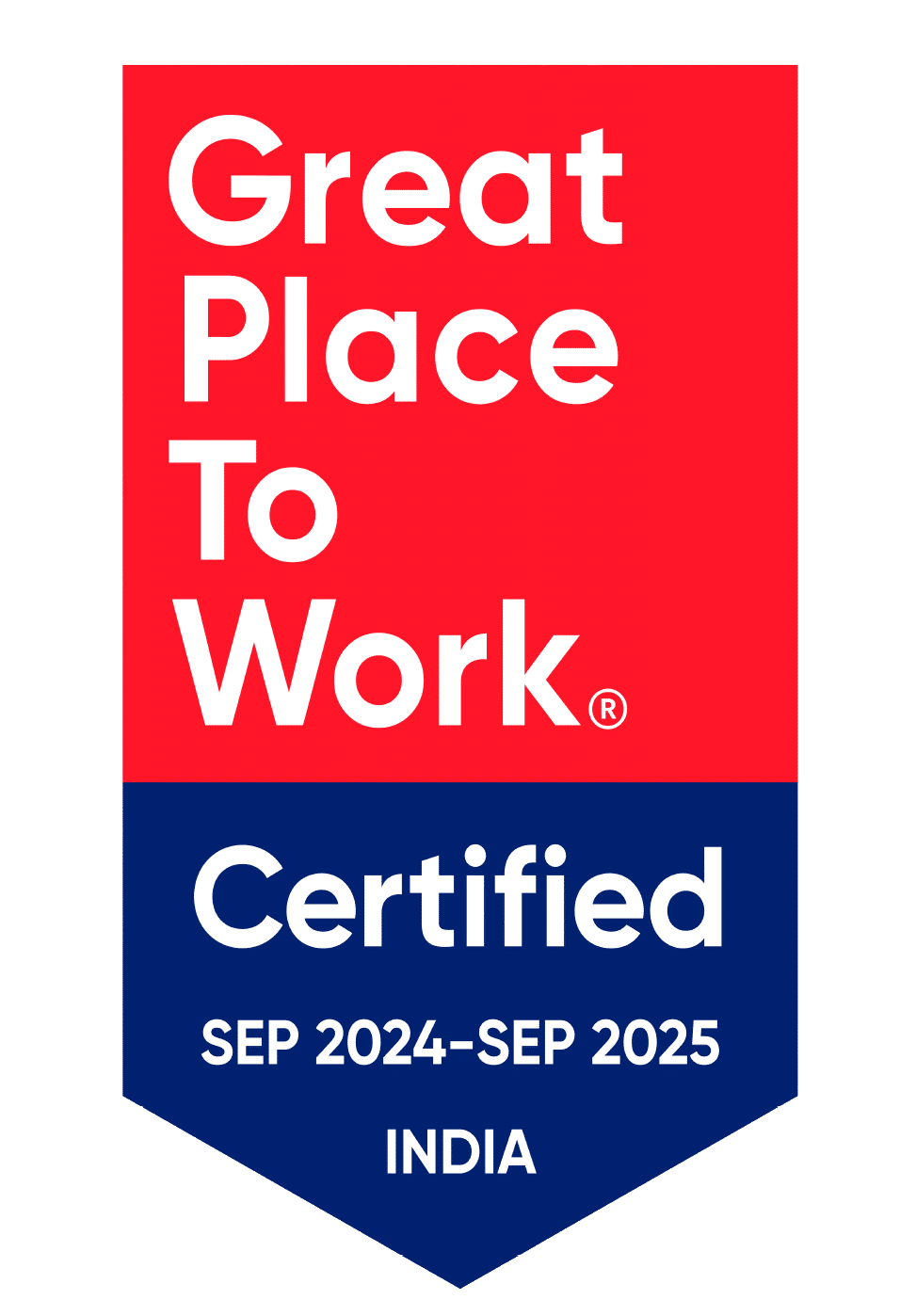
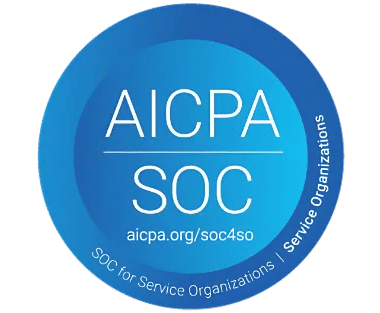
_svxLrd-8yH.png)
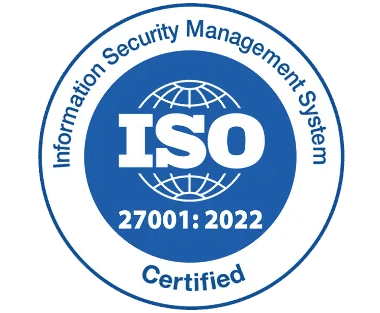
_2VYSFUTN5m.png)

_JiluXJRGNl.svg)

_2djTKNocf.png)





_Rapo0hRMBy.png)


























